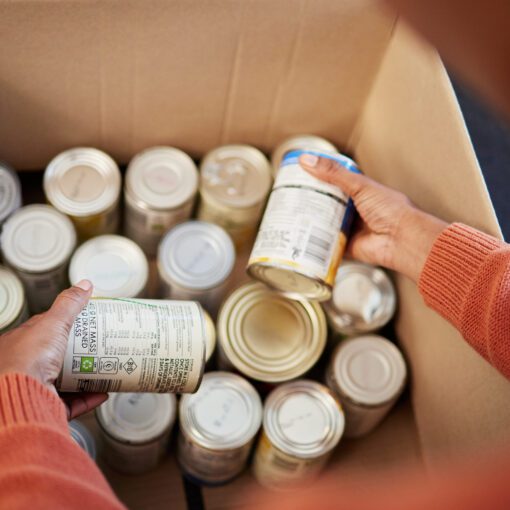In a world increasingly focused on environmental sustainability, metal packaging emerges as a champion of green initiatives. With its durability, recyclability, and inherent eco-friendly characteristics, metal packaging is paving the way for a greener future. In this blog post, we will explore the sustainability advantages of metal packaging and how it contributes to a circular economy and reduced environmental impact.
Endless Recyclability
One of the standout features of metal packaging is its ability to be recycled indefinitely without losing its quality or performance. Steel and aluminum, the primary metals used in packaging, have high recycling rates and are in constant demand by recycling facilities. Metal packaging can be easily collected, sorted, and processed into new products, making it a crucial component of the circular economy.
Energy and Resource Efficiency
Metal packaging boasts impressive energy and resource efficiency throughout its life cycle. The production of metal packaging utilizes significantly less energy compared to other packaging materials, such as plastics. Additionally, metal packaging typically contains a high percentage of recycled content, reducing the need for virgin materials and conserving natural resources.
Protection and Shelf Life Extension
Metal packaging excels in protecting its contents from external factors that could lead to spoilage or waste. Its robustness provides a barrier against light, moisture, and oxygen, ensuring the quality and freshness of products such as food, beverages, and pharmaceuticals. By extending the shelf life of goods, metal packaging helps reduce food waste and contributes to a more sustainable supply chain.
Lightweighting and Material Optimization
While metal packaging is inherently sturdy, manufacturers are continually innovating to reduce its weight through lightweighting techniques. By using advanced engineering and design principles, metal packaging can maintain its strength and integrity while reducing material usage. Lightweight metal packaging translates into lower transportation costs, reduced fuel consumption, and fewer greenhouse gas emissions.
CO2 Emissions Reduction
The metal packaging industry is actively working to minimize its carbon footprint. Manufacturers are continuously adopting energy-efficient technologies, utilizing renewable energy sources, optimizing production processes, and implementing emission reduction strategies. By reducing CO2 emissions in production and transportation, metal packaging helps combat climate change and contributes to a more sustainable future.
Versatility and Adaptability
Metal packaging is highly versatile and adaptable to a wide range of products and industries. Its ability to be shaped, decorated, and customized makes it suitable for an array of applications, including food and beverage, personal care, automotive, and more. This versatility ensures that metal packaging can be employed in various sustainable packaging solutions across different sectors, promoting a holistic approach to environmental stewardship.
Metal packaging stands at the forefront of sustainable packaging solutions and plays a vital role in the circular economy and mitigating environmental impact. By choosing metal packaging, consumers and businesses alike contribute to a more sustainable and eco-conscious society, creating a positive ripple effect across industries and generations to come.




